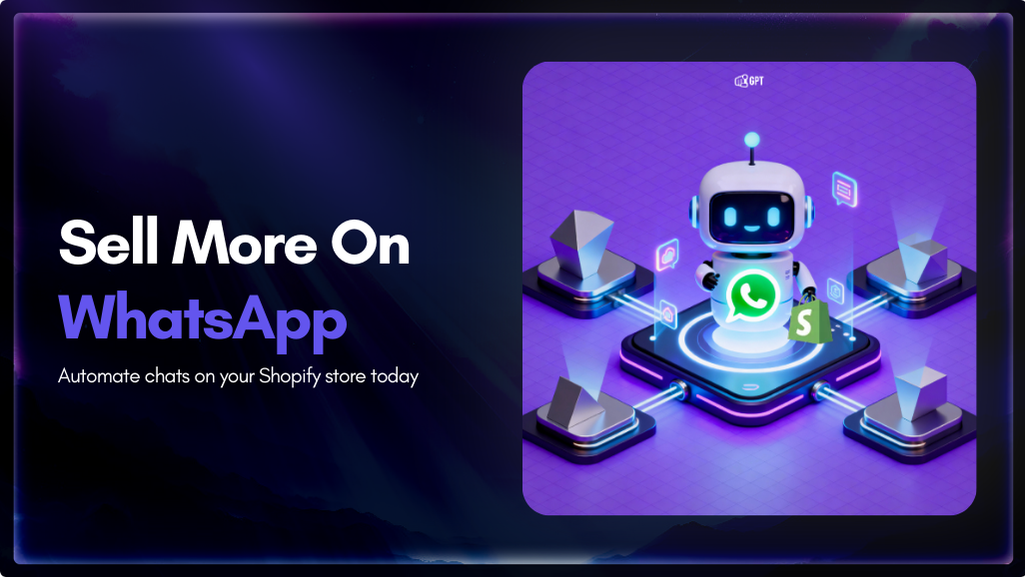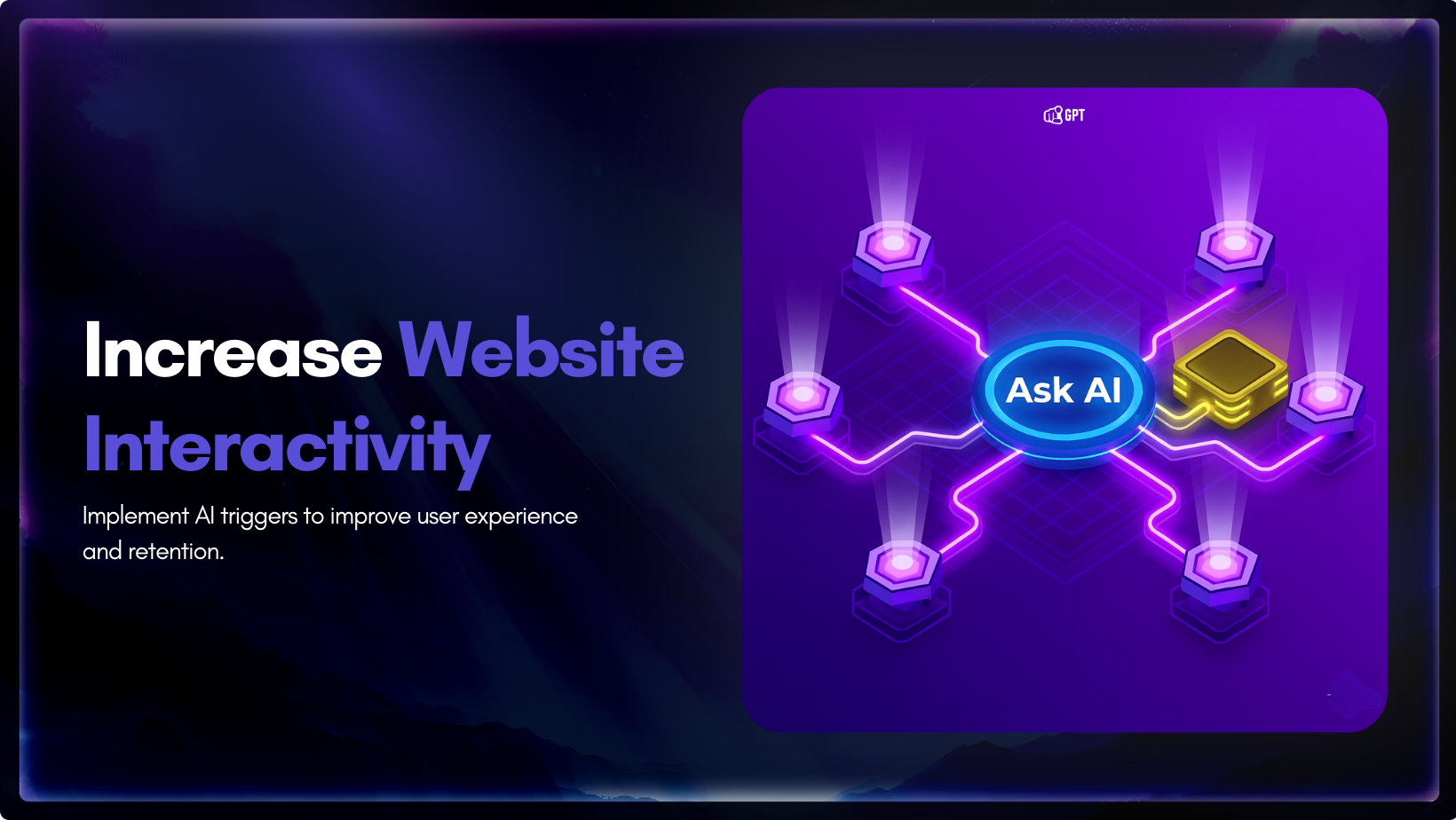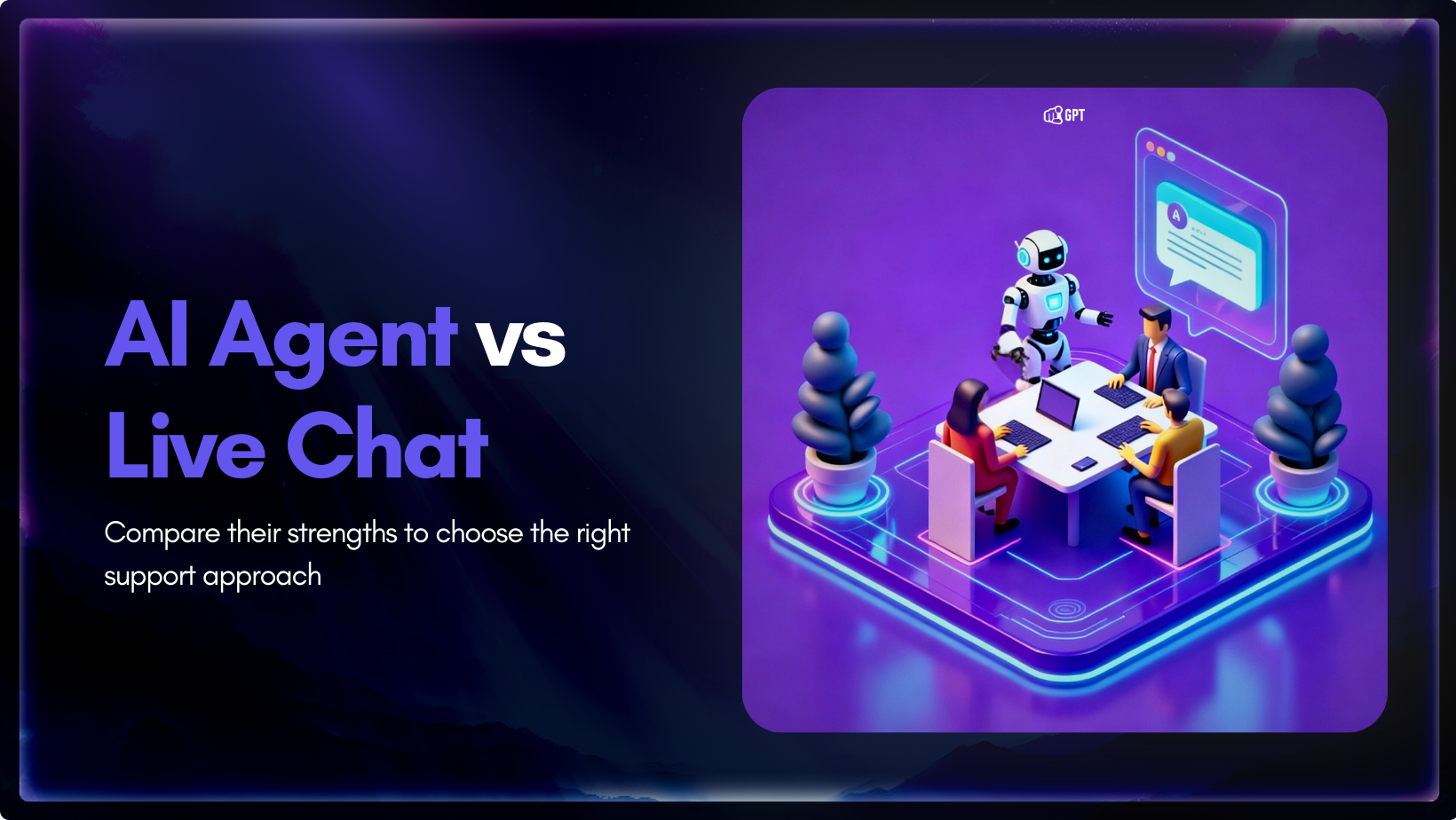Top 5 Tips for Naming Your Chatbot (+100 Cute, Funny & Catchy AI Bot Names)



Your AI chatbot’s name is its first impression. Don’t mess it up.
Think about the last time you interacted with a chatbot. Did it feel human and helpful? Or was it another cold, generic “AI Assistant” that made you want to hit “Talk to a Human” immediately?
In 2025, AI chatbots are everywhere—handling customer support, booking flights, and even giving mental health advice. But most businesses still get one crucial thing wrong: they don’t put much thought into naming their chatbot.
A great name isn’t just a fun extra. It builds trust. It makes your chatbot feel like part of the brand, not just another faceless AI. Imagine calling Amazon and being greeted by “ShopBot-5000” instead of “Alexa.” Which one feels more personal?
Companies that get this right see higher engagement, better customer satisfaction, and even stronger conversions. Why?
Because a chatbot that feels human generally makes people more likely to interact, trust, and follow through.
In this blog, we’ll share five easy rules for naming your chatbot, along with 100+ creative name ideas. Whether your bot handles customer service, sales, or something else, you’ll find a name that resonates with people.
Naming your chatbot is not just about being clever or creative—it’s about improving how people interact with it. A well-chosen name makes your chatbot more approachable, more useful, and more aligned with your brand. Here’s how it helps:
Your bot’s name is often the first line of your brand’s story. It says a lot about your company without needing an “About Us” page. Is your brand friendly and quirky? Something like “Pepper” or “Buddy” signals that right away. Do you run a legal advice site? A name like “Lexi” or “CounselBot” brings immediate credibility. When your chatbot’s name matches your brand, every interaction feels more personal and intentional—because it is.
Starting a chat can feel intimidating, especially if someone is new to your brand. A friendly name lowers that barrier. Instead of “Submit your question to our automated system,” users see “Chat with Max.” It feels simple, human, and worth a try.
Give your bot a simple name and users start to treat it differently. For example, “Hi, I’m Riya from support” gets more genuine replies than “Automated Assistant here.” You’ll see people open with “Hey Riya, quick question…” or thank the bot after getting help. This matters—users explain their problems more clearly, which means faster resolutions. Over time, support chats start to sound more like real conversations, not robotic Q&A sessions.
Names stick in people’s minds. After one helpful chat with “Milo,” users are likely to return and ask for Milo by name, especially if the chatbot helped track an order or solve an issue quickly. We’ve seen customers mention bots like “Ask Milo for updates” in online reviews. A memorable name makes your bot part of the brand—users remember it, trust it, and are more likely to return next time they need help.

A name is not just a label—it’s a mental shortcut. It shapes trust, emotion, and perception in milliseconds.
Cognitive fluency makes simple names stick, while anthropomorphism helps users relate. The right name triggers familiarity, builds credibility, and influences interaction. Follow these five rules to name your chatbot:
If your chatbot were a human employee, what would its job title be? A good chatbot name should instantly communicate its primary function. Think about how customers will interact with it:
Imagine you’re launching a chatbot for financial planning. You could call it CoinBuddy or SmartCents—something that immediately signals money and trust.
Compare that to “AI-Finance-Assist.” Boring. Forgettable. No one’s using it.
Your chatbot is not for everyone. It’s for someone specific. That means the name should match your ideal customer’s expectations, language, and emotions.
People trust what feels familiar. That’s why brand names like Apple and Amazon’s ‘Siri and Alexa are clean, effortless, and don’t make you think too hard. Your chatbot name should do the same.
Your chatbot is an extension of your brand. If your brand is playful and casual, the chatbot’s name should reflect that. If you’re in finance or law, it should sound professional and solid.
Think about this:
If your chatbot’s name could be mistaken for cybersecurity software, it’s too cold. If it sounds like a celebrity dog’s name, it’s too playful. Find the balance.
Do you want your chatbot to feel like a human assistant or some sci-fi AI system?
People interact differently with bots that have human names. They expect more natural conversation. If your chatbot is strictly for automation (like processing invoices), a robotic name might actually work better.
A great chatbot name is easy to remember and rolls off the tongue. Nobody’s going to type out “NextGen AI Conversational Assistant” every time they need help.
✅ One to two words max. Long names don’t stick.
✅ Easy to pronounce. If people can’t say it, they won’t remember it.
✅ No random numbers or AI jargon. It’s not a Wi-Fi router.
Imagine you’re launching a customer service chatbot for an airline. Instead of “SkyTravelBot-AI,” you go with FlyMate. Clean. Obvious. Easy.
To get users to engage with your chatbot, make it feel familiar. Choose a name that connects with their language, culture, and daily experiences.
When a chatbot feels like it belongs, people are more likely to trust it. Here’s how you can make that happen:
These regional suggestions are just starting points. The right name should match your brand’s voice, industry, and audience expectations (as we discussed above). Now let’s see 100 more chatbot name ideas.
Not sure where to start? Here’s a curated list of names grouped by theme to spark your imagination:
Naming your chatbot isn’t just about being creative—it’s about making sure people actually want to use it. Whether you are going for something fun and playful or sharp and professional, the right name sets the tone for how users perceive and interact with your bot.
Start with the basics: What does your chatbot do? Who is it for? What kind of brand experience are you building? A name that aligns with your bot’s purpose, speaks to your audience, and fits naturally within your brand will always feel more authentic.
And if you can add a local touch—whether it’s language, culture, or something your audience instantly connects with—you’ll make your chatbot feel less like a faceless tool and more like a trusted assistant.
Want to create a well-named chatbot to improve customer interactions? Try our free tool and experience the difference firsthand.
Happy naming! Create a chatbot name that people will enjoy talking to.
Join 10000+ Business using YourGPT AI to transform business operations!
No credit card required • 7 days access
AI has become a core part of how modern SaaS products are built and delivered. In 2026, customers expect intelligent assistance to be available throughout their journey, from onboarding and everyday product usage to support and account management. Inside SaaS teams, AI is increasingly used to speed up workflows, reduce repetitive tasks, and improve how […]


Shopify stores often use a chatbot on their website to handle product questions, order updates, and support. But customers also message on WhatsApp expecting the same quick answers. Most of them already use WhatsApp throughout the day, so reaching out there feels natural. A chatbot that works across both channels responds in seconds, guides purchase […]


Most businesses do not struggle to generate leads. They struggle to know which ones are worth acting on. Forms get filled, DMs arrive, emails are opened, and chats happen across multiple tools. Some prospects convert. Most do not. The real problem is that there is no reliable way to tell, early enough, which signals actually […]


Artificial Intelligence has advanced quickly over the past five years, moving from an experiment to a standard component of modern business. AI has become a central part of enterprise strategy. 88% of organizations are now using AI. This figure has increased from 78% the year before. This transformation is reshaping how companies run, communicate, and […]


You invest time writing your website copy. You explain features, pricing, and how everything works. The information is there. Still, some visitors leave without clarity, and small gaps in understanding often stop them from moving forward. This happens because a static page cannot adjust to what they want at that moment. They skim a section, […]


AI agent and live chat each play a different role in customer support, and the choice between them influences how a team handles growth. Companies are moving toward faster support models, and one clear trend is the use of AI to reduce operating costs by up to 30%. The difference shows up when ticket volume […]
